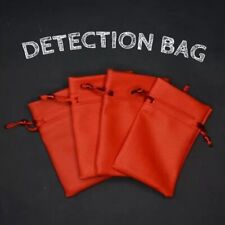
E.T. might be better off writing than phoning, according to Christopher Rose at Rutgers University. Rose says that inscribing information and physically sending it to a location in space is more energy-efficient than sending it out on radio waves.
“Think of a flashlight beam,” Rose says. “Its intensity decreases as it gets farther from its source. The same is true of the beam of a laser pointer, though the distance is much longer. The unavoidable fact is that waves, both light and radio, disperse over distance, and over great distance, they disperse a lot.”
Rose and co-author Gregory Wright have written a paper entitled “Inscribed matter as an energy-efficient means of communication with an extraterrestrial civilization” which appears in Nature.
“Our original question was, How do you get the most bits per second over a wireless channel?” Rose says. This led him to consider distance, and the “energy budget” required for sending a signal. The budget increases with distance, Rose contends, and the detectability of the signal diminishes. In addition, Rose says, when waves pass a particular point, they’ve passed it for good. Potential recipients at that point might be unable to snag a passing message for any one of many reasons. They might not be listening or they might be extinct. Consequently, someone sending such a message would have to send it over and over to increase the chance of its being received. The energy budget goes up accordingly. A physical message, however, can maintain a permanent presence.
“If haste is unimportant, sending messages inscribed on some material can be strikingly more efficient than communicating by electromagnetic waves. Inscribed matter is most effective for long, archival messages, as opposed to potentially short we existannouncements,” Rose said.


















Comments are closed.